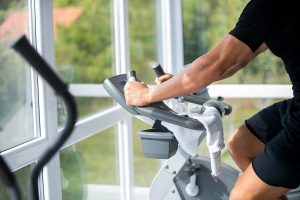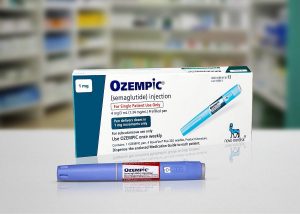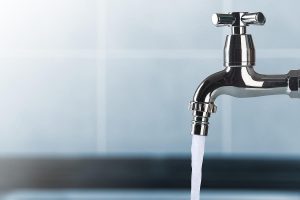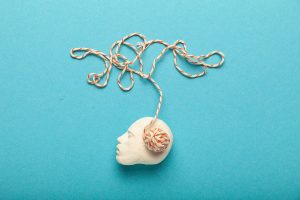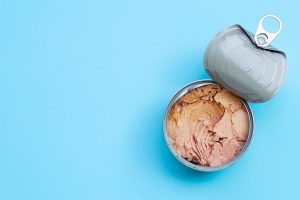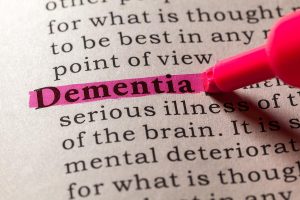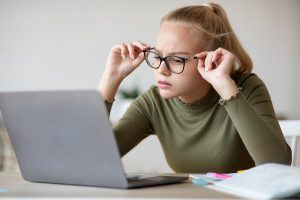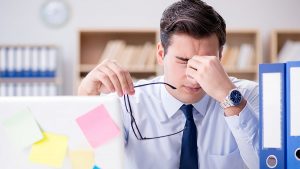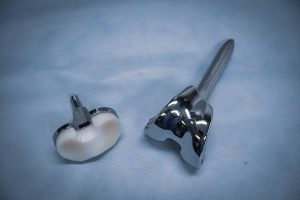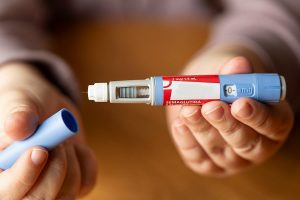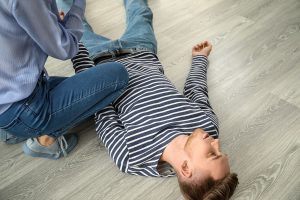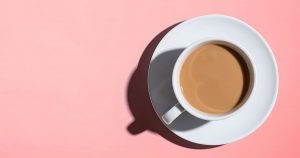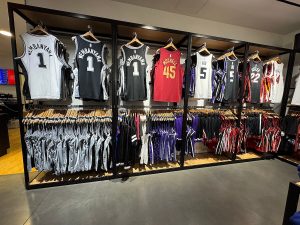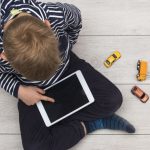
If you’re an adult managing sleep problems, you likely know that part of creating an environment conducive to sleep includes turning off all gadgets at least an hour before bed because of the effects of the light they emit. This same advice goes for kids, too. Using smartphones, tablets and other gadgets has become more and more linked to sleep problems in children, such as not getting enough sleep or enough quality sleep. This can set up a chain reaction that seems to increase youngsters’ obesity risk. Not getting enough sleep leads to being sleepy at school, ramping up hormones that cause cravings for sugary or starchy foods, eating to get the energy to stay awake and, in turn, gaining unwanted weight. To help restore a healthy sleep pattern, turn off gadgets an hour before bed and create a family charging station away from all bedrooms. Not having the phone handy avoids the temptation for kids (and adults) to check messages just one more time before putting their head on the pillow. Make the hour before bed a calming time with quiet activities, like reading and choosing clothes for the morning. See to it that your children get an hour of exercise every day, outdoors if possible. Add time to any school-based physical activities to reach 60 minutes. Even though adults are encouraged to get… read on >










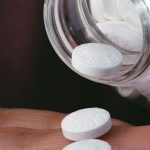



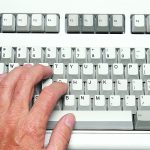

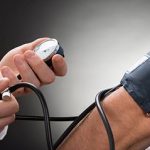




-300x169.jpg)

